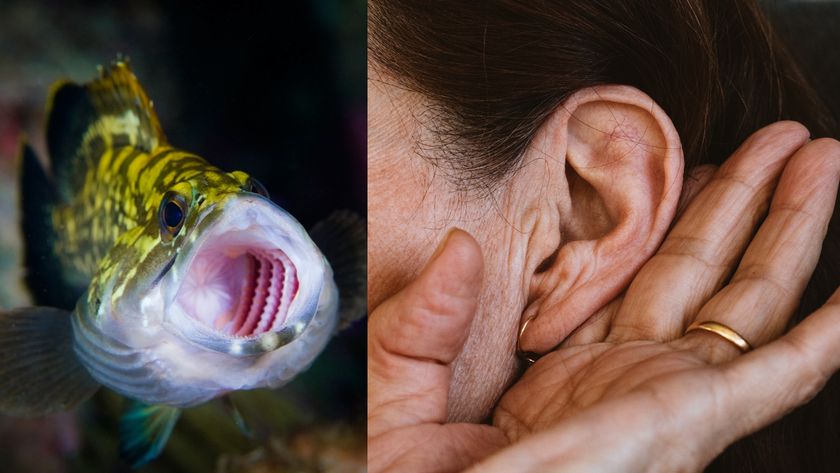
Learning to Read and Write is a Triumph of Education Over Evolution (Op-Ed)
This article was originally published at The Conversation. The publication contributed the article to Live Science's Expert Voices: Op-Ed & Insights.
Our little Susie turned five today. On the one hand she seems so grown up to us, with insightful conversations and an independent spirit. On the other hand it is astonishing to think about how much more she needs to learn and develop over the next ten to 20 years – physically, emotionally, socially and academically.
It is now over a month since Susie’s first day at school. It has been a largely positive experience for all of us, but there have also been a few hard moments with occasional tears at drop-off (and sometimes also at pick-up).
I also now have a better understanding of just how many new things children have to learn when they start school. It really put things in perspective for me when the teacher decided to have a third practise session (after the first two attempts were unsuccessful) to teach all of the Prep children how to walk down to the assembly hall and find a spot to sit quietly.
With the new challenges for both children and parents, the start of school has also brought one of our proudest parenting moments. Last week our little Susie received a “Pupil of the Week Award”. Ned, myself and little Max all crowded into the back of the assembly hall to watch as Susie went up on stage to receive her award for:
“Remembering to write her numbers in the correct direction. Excellent!”
Standing on the stage with the other award winners Susie stood tall with a smile beaming across her face as she held her certificate and waved furiously at us. Surprisingly the knowledge that two students from her class (of only 16 students) achieve “Pupil of the Week” status each week, did little to diminish our excitement and pride in her achievement. It clearly meant a lot to her too!
Sign up for the Live Science daily newsletter now
Get the world’s most fascinating discoveries delivered straight to your inbox.
As a scientist I was also particularly pleased with the specifics of the award. I am not sure if most teachers and parents realise that we are asking our children to overcome millions of years of evolution every time they read and write any letter or digit that is not mirror symmetrical.
There is a fantastic book titled Reading in the Brain by the distinguished French neuroscientist Prof Stanislas Dehaene that outlines the issues in detail. The basic problem is that one of the most important feats that an animal’s visual system needs to accomplish is the ability to recognise the objects and creatures in their environment regardless of the distance or angle at which they are viewed.
To experience this yourself, pick up a stapler or any other object and spin it around and you will see how radically different it looks from different angles.
One of the most important “tricks” the brain uses to make this task easier is to assume that two things that appear identical but mirror reversed are probably the same object viewed from opposite directions and only need to be remembered as one thing.

As an example, if you see a bird (such as a cockatoo, above) with its head facing to the left one day and then you see a very similar bird sitting on a branch facing the other way the next day, your brain does not code or remember them as different species – one with the beak always appearing to the left and the other with the beak always appearing on the right side of its body.
Indeed many visual scientists argue that our capacity to survive in this environment depends on our ability to rapidly recognise threats, resources and people around us. This requires our memory of objects to be coded in a way that is independent of their size and viewing angle.
It is clear that this is something that we are able to do from a very young age (toddlers have no trouble identifying different zoo animals regardless of which way they are facing, or even if they are real or represented as a line drawing in a children’s book). While this is something regularly done by extremely young children, understanding exactly how the brain achieves this feat is a mystery, and remains a focus of research for some of the world’s top visual neuroscientists.

So the next time you hear a child confusing “b” “d” “p” “q”, or you see them writing their letters or numbers in the wrong direction, you should cut them some slack! This tasks requires brain retraining of epic proportions.
Olivia Carter does not work for, consult to, own shares in or receive funding from any company or organisation that would benefit from this article, and has no relevant affiliations.
This article was originally published on The Conversation. Read the original article. The views expressed are those of the author and do not necessarily reflect the views of the publisher. This version of the article was originally published on Live Science.












